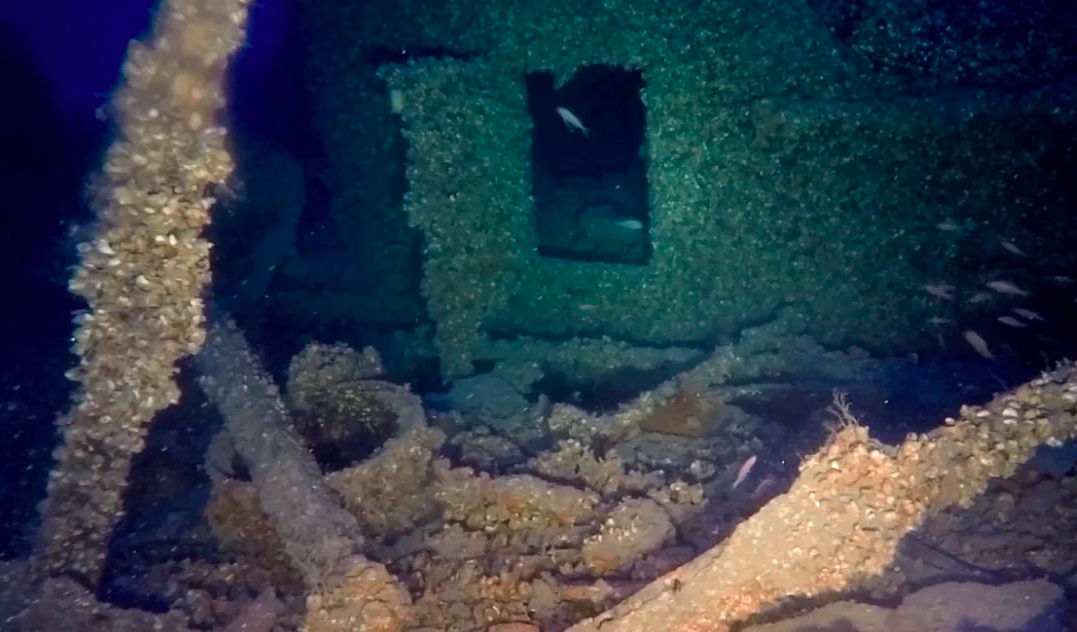The underwater research team led by Kostas Thoktaridis located one of the most tragic shipwrecks in Greek waters. The wreck, identified as the naval auxiliary Spercheios, sank on Holy Wednesday in May 1945, claiming the lives of 98 people. It was found at a depth of 153 meters northeast of Hydra in international waters. Details such as the presence of the base of a 20mm gun on the bow, the missing left anchor chain, and the detection of a small vertical fissure on the left side were noted. Additionally, debris on the deck and distortions in the superstructures suggest a movement to the left. Thoktaridis provided these details in a statement to ANA-MPA.
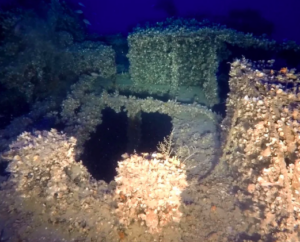
The Spercheios set sail from Piraeus on May 2, 1945, at 17:00, heading for the Aegean islands of Syros, Samos, Chios, and Lesvos, shortly after leaving the dock. The journey took place on Holy Wednesday, with the naval auxiliary repurposed to transport military personnel and civilians returning to their islands for Easter celebrations due to a shortage of passenger ships. It marked the first post-war free communication between the mainland and the islands.
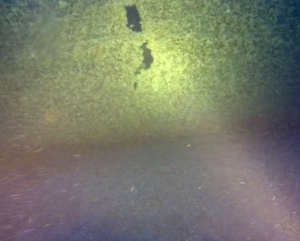
OECD: Greek economy remains resilient – Growth at 2% this year, 2.5% in 2025
Despite exceeding the passenger limit with 75 onboard and having a significant amount of luggage stacked on the stern deck, causing the vessel to tilt left, the weather was favorable and the sea calm. However, as darkness fell after a three-hour journey, rain began, prompting passengers outside sheltered areas to move to the left side against crew advice.
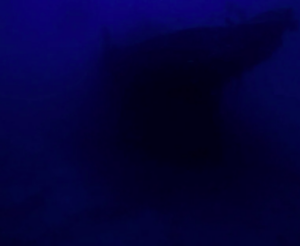
The captain was absent and the helmsman steered the ship dangerously close to a sea minefield. In an attempt to avoid the danger, the captain turned the helm to the right, causing the ship to loose stability and capsize. Many passengers ended up in the water, facing a perilous situation without life jackets. The wireless operator was unable to send a distress signal, and there were no nearby ships to provide assistance. Ultimately, only a few survivors were rescued from the sea after hours of struggling against cold and exhaustion.
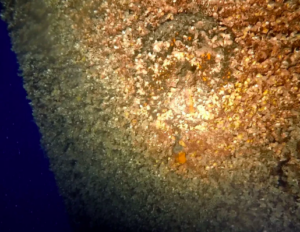
The Rescue
In the early hours one of the survivors, Syros Port Authority captain Pan. Dalianis, heard the sound of a boat engine passing through the area and began calling for help. It was the motorised vessel AGIOS SPYRIDON heading towards Piraeus, and upon hearing the cries rushed to the area and collected 37 survivors, whom it transported to the Naval Academy in Piraeus.
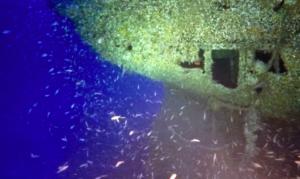
The Greek Navy dispatched a destroyer and two torpedo boats to search for survivors after being informed of the shipwreck. Maria Rousi, found alive on May 3 at 16:00 on the rocky coast of Cape Zourva, described swimming for nine hours before reaching shore. Navy ships continued searching, but only bodies were recovered. Families, especially from Syros, were devastated. Among the lost were Mari Ladopoulou, her son Elpidoforos, and their family. Other victims included Maria Neophytou, Dimitrios Ladopoulos and his family, Navy Captain Ioannis Vlachopoulos and his family, and others. The exact count was challenging due to unofficially recorded excess passengers.
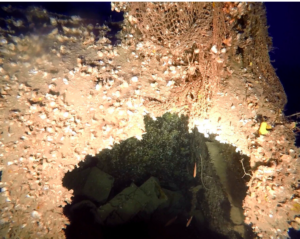 T
T
he investigation into primary sources revealed that 136 individuals, including passengers and crew, were aboard the Spercheios. Out of them, 38 survived while 98 tragically lost their lives. Following this naval tragedy, inquiries were conducted, and the ship’s captain, along with other officials, faced trial. Captain Neophytos, who lost family members in the disaster, emphasised during the naval court that the shipwreck wasn’t caused by overloading or a steering issue but rather due to negligent inspection during dry docking.
The Piraeus Navy Court sentenced the ship’s captain to six months in prison, suspended for three years, while the other defendants were acquitted. 79 years later, the Spercheios was located by a research team using sonar and ROV technology. The ship, initially built in 1912 as the NOBLE NORA in Middlesbrough, England, was later requisitioned by the British Navy and transferred to the Greek Navy in September 1943.
Ask me anything
Explore related questions
